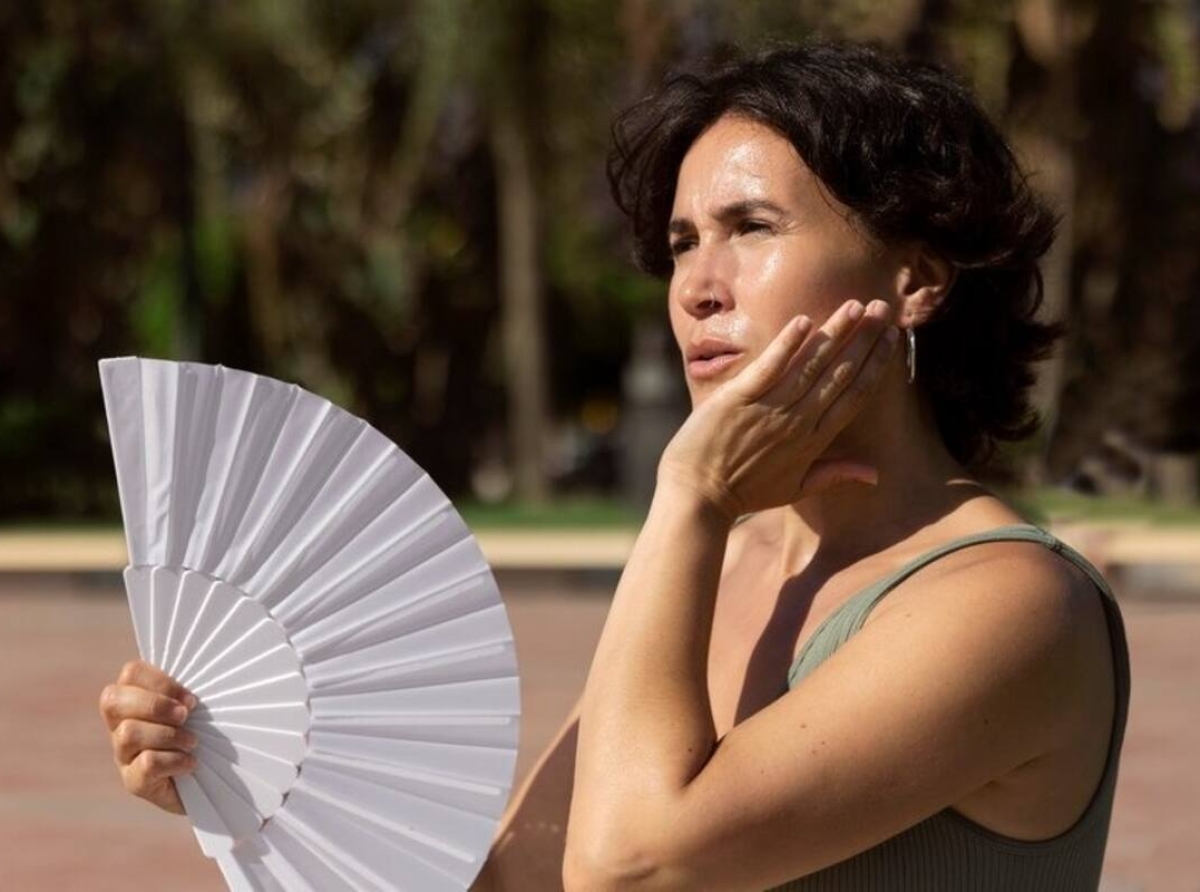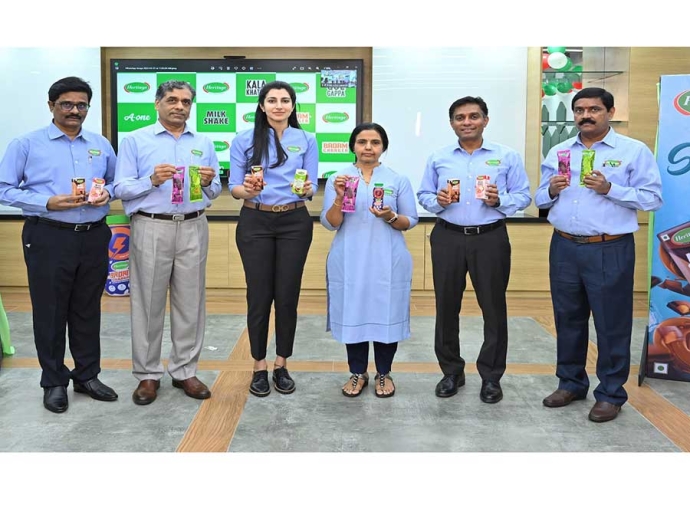Scorching Style: How heatwaves are reshaping Indian fashion

29 July 2024, Mumbai
India's vibrant fashion scene is facing a fiery challenge: climate change. With increasingly frequent and severe heatwaves, particularly in North-Western regions like Rajasthan and Delhi, the way Indians dress is undergoing a transformation. Let's explore the impact of these scorching summers on fashion trends.
Data from the World Weather Attribution initiative paints a concerning picture. The likelihood of extreme heatwaves in India has risen a staggering 45 times due to climate change. This primarily affects the densely populated Indo-Gangetic plains and central India, where heatwaves are becoming longer and more intense.
Shifting styles from fabric to fashion
The most immediate impact is on fabric choices. Traditionally heavy fabrics like brocade and silks, especially popular in wedding attire and formal wear, are taking a backseat. "Customers are actively seeking lightweight materials like cotton mulmul and khadi," says Mumbai-based designer Anya Rao, "Natural fibers that breathe are becoming the new gold standard."
The shift extends beyond fabrics. Sari drapes are getting shorter and more manageable, while kurta pyjamas are opting for looser fits. "Sales of dhotis, which were already declining, have almost plummeted," says Delhi-based menswear designer Shrey Jain, "The comfort factor is paramount now."
Breathable materials like cotton and khadi are gaining popularity, points out Aisha Rao. There is an increase in demand for breezy cotton kurtas and flowy dresses. Synthetic fabrics are taking a backseat due to their heat-trapping properties.
Long-term impact
In the long-run, heatwaves impact on Indian fashion is a double-edged sword. While summers are undeniably hotter, some experts believe winters might become milder due to climate change. This could lead to a potential year-round focus on lightweight, breathable clothing. However, there's also a concern about unpredictable weather patterns. "We might see a rise in 'transitional' clothing that works for both hot and slightly cooler days," says Rao.
Meanwhile consumers are also becoming more environmentally conscious. A 2023 survey by Assocham Social Responsibility Council found 72 per cent Indian millennials are willing to pay a premium for sustainable clothing. This shift in consumer behavior is likely to incentivize brands to adopt greener practices.
However, Indian fashion industry is known for its resilience and ability to adapt. This heatwave challenge is no different. Sustainable and eco-friendly fabrics like organic cotton and bamboo are gaining traction due to their breathability and lower environmental impact. Additionally, innovations in textile technology, like moisture-wicking fabrics, are being explored to combat the rising heat.
The future of Indian fashion is likely to be a blend of tradition and innovation. Designers will need to balance the rich heritage of Indian textiles with the practicalities of a warming climate. As Jain puts it, "We need to find a way to be comfortable in our own skin, and in our clothes, in this new reality."
Latest Publications

































